For ten consecutive nights, the sound of gunfire has echoed through the valleys and mountains of Kashmir, a grim reminder of the latest and most volatile chapter in India-Pakistan relations.
India swiftly blamed the Pakistan-based Lashkar-e-Taiba (LeT), a UN-designated terrorist group, for orchestrating the assault, releasing wanted posters of three suspects, including two Pakistani nationals and one Indian.
Pakistan has categorically rejected the allegations, but the fallout has already reshaped diplomacy, trade, and military posturing across the region.
Trade and maritime ties severed
The diplomatic rupture is now being mirrored in the economic and logistical realms. In a string of tit-for-tat measures, both countries have effectively severed bilateral trade and maritime links.
On Saturday, India banned the import of all goods from Pakistan and prohibited Pakistani ships from entering Indian ports.
The move also extended to goods transiting through third countries, closing loopholes that allowed limited trade since India imposed a 200% import duty after the 2019 Pulwama attack.
Hours later, Pakistan’s Ministry of Maritime Affairs responded with its own ban. According to an order quoted by Dawn, Pakistan barred Indian flag carriers from visiting its ports and directed its own ships not to dock in India.
The move, framed as essential to “safeguard maritime sovereignty, economic interest and national security,” came into force with immediate effect. These restrictions also extend beyond cargo.
India has suspended all mail and parcel exchanges with Pakistan via air and surface routes, underscoring the broader collapse of day-to-day contact.
Ten nights of fire along the LoC
India’s army reported that since April 24, Pakistani troops have opened fire every night across the Line of Control (LoC)—the de facto border that splits Kashmir between Indian and Pakistani control.
“Unprovoked small arms fire” from Pakistan was met with a “prompt and proportionate” response, said Indian military officials on Sunday.
There has been no official confirmation from Pakistan regarding these nightly skirmishes. However, Pakistan’s military announced Saturday the “successful training launch” of the Abdali Weapon System, a short-range ballistic missile with a range of 450km. India labeled the test a “blatant provocation,” further exacerbating the already tense situation.
From diplomacy to confrontation
The recent cascade of punitive steps follows India’s earlier decisions to downgrade diplomatic ties, suspend the Indus Waters Treaty, and shut down the Attari-Wagah land crossing.
New Delhi has reiterated its commitment to “firm and decisive” action against terrorist networks and their alleged state sponsors. In Islamabad, officials have maintained that India’s narrative is baseless and politically motivated.
The Foreign Ministry has called for a “neutral international investigation” into the Pahalgam attack, proposing a joint probe with Russia and China—an idea India has not publicly responded to.
Meanwhile, Iran has offered to mediate between the two neighbors, urging de-escalation and calling on both sides to prioritize dialogue over confrontation.
Hunt for Pahalgam attackers
As the diplomatic standoff deepens, India’s pursuit of those responsible for the Pahalgam massacre has gone global.
Over the weekend, Sri Lankan authorities searched a flight arriving in Colombo from Chennai following a tip-off that one of the suspects might be on board.
A police spokesperson in Colombo confirmed that the Sri Lankan Airlines aircraft was inspected and later cleared for further operations.
Indian investigators continue to track four main suspects, with growing international interest in their whereabouts and affiliations.
With nightly crossfire along the LoC, retaliatory trade sanctions, and strategic weapons tests, the India-Pakistan standoff has reached one of its most precarious points in recent years.



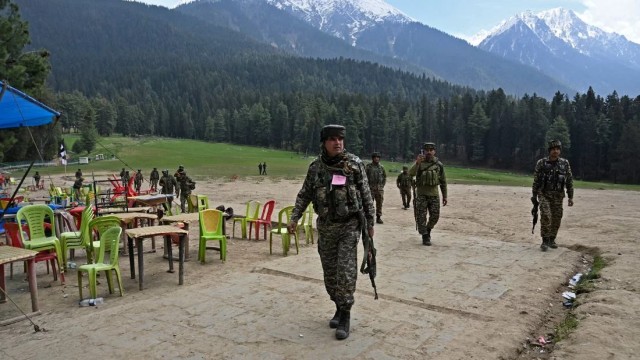
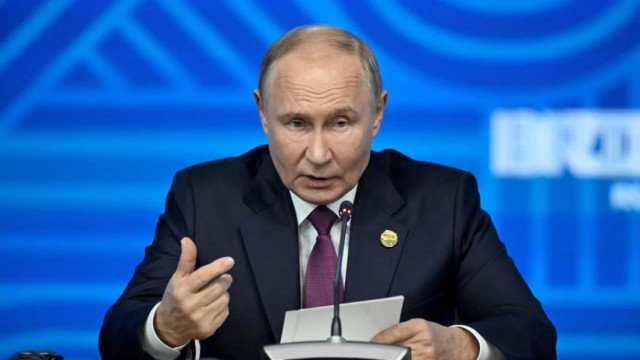
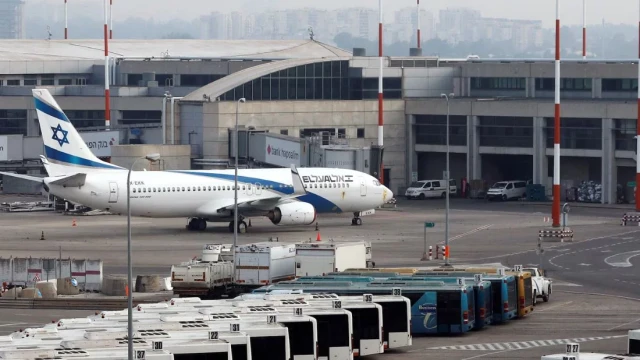
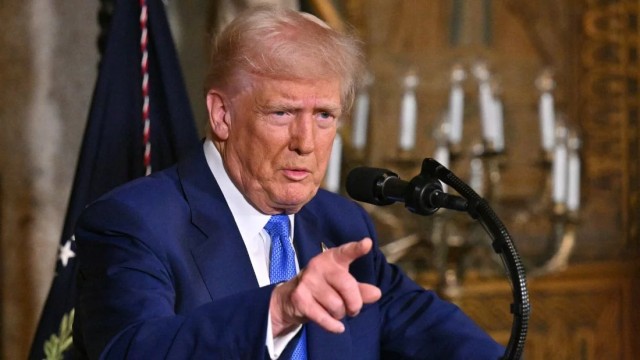
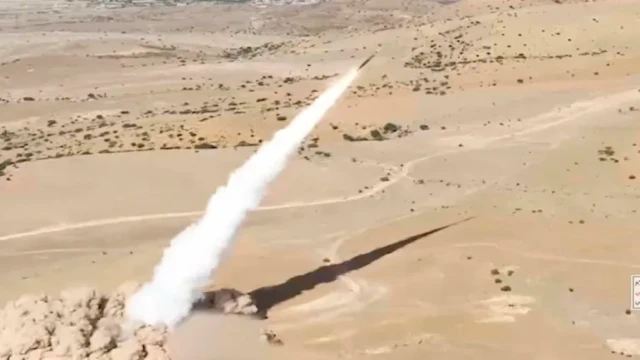
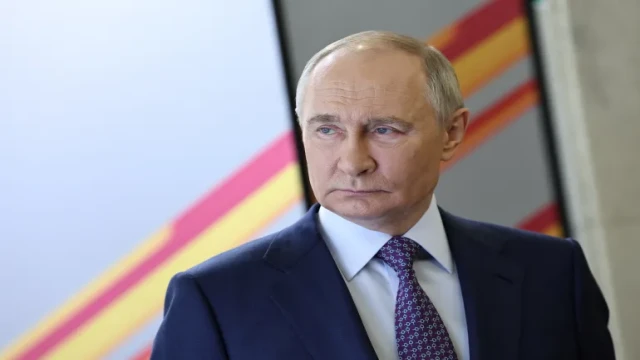

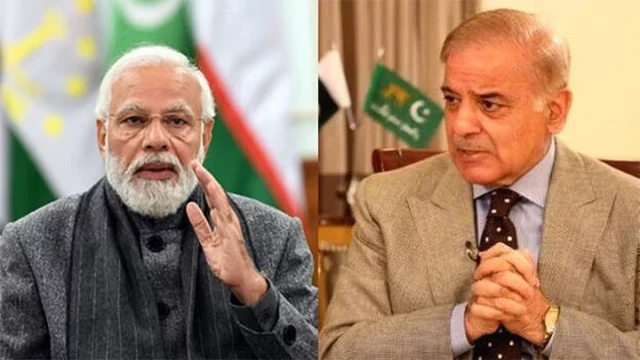
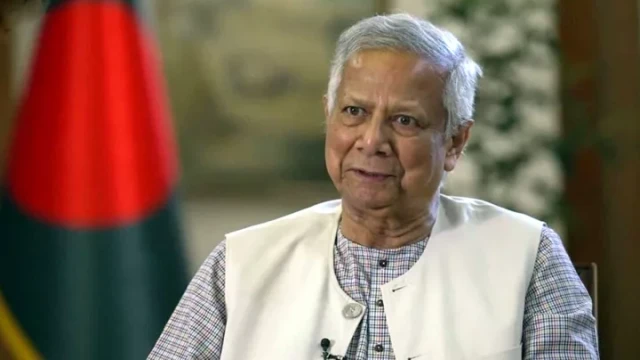
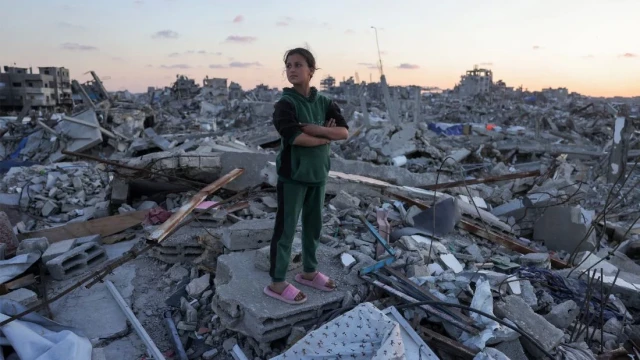




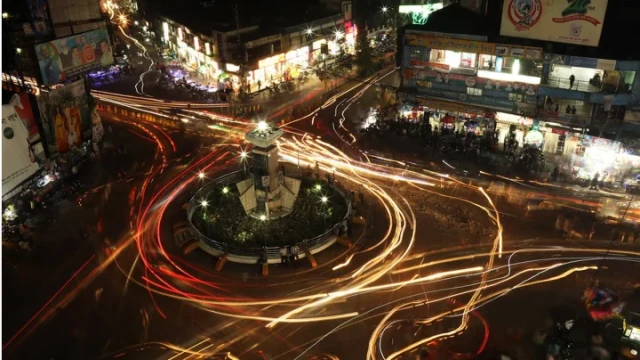



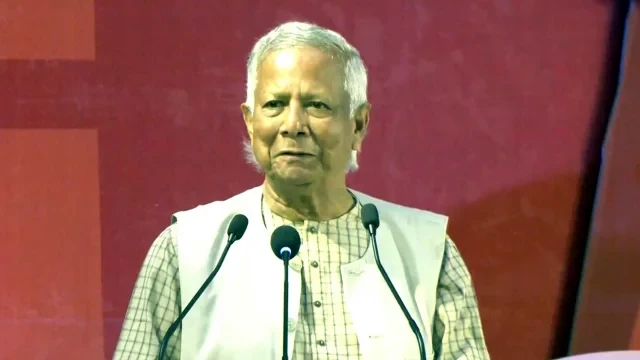

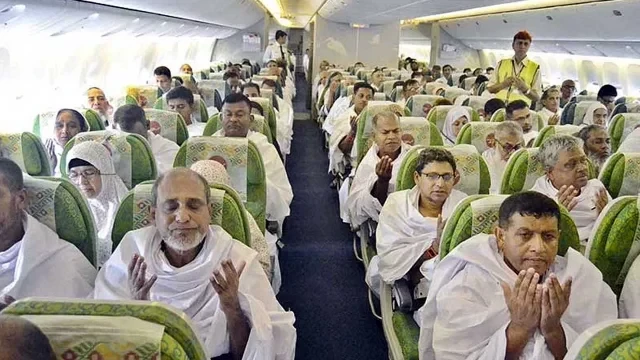

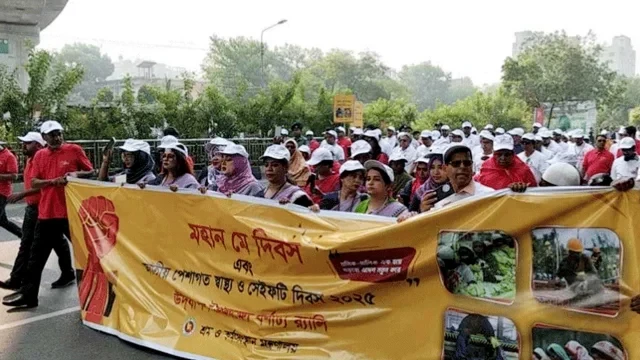
Comment: